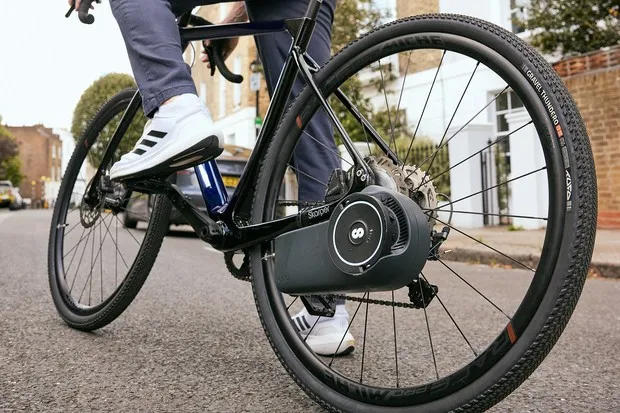
The electric bicycle motor is the heart of an electric bicycle. It is responsible for converting electrical energy from the battery or other power source into mechanical energy, thereby enabling the electric bicycle to move. Below we will introduce the operating principle of electric bicycle motor in detail from several aspects.
(1) According to structure: it can be divided into brush motor and brushless motor. Brushed motors are traditional DC motors that are commutated by brushes; brushless motors use electronic commutators, which have the advantages of high efficiency, energy saving, and low noise, and are currently the mainstream motors for electric bicycles.
(2) According to the installation position: it can be divided into wheel hub motor and external motor. The hub motor installs the motor directly in the hub, which has the advantages of compact structure, space saving, and easy maintenance; the external motor installs the motor in the casing, which has the advantages of good heat dissipation and easy maintenance.
1. Brush motor: simple structure, easy maintenance, low price, but low efficiency, loud noise and short life. Generally suitable for low-end electric bicycles or toy cars that have low power requirements.
2. Brushless motor: high efficiency, low noise, energy saving and environmental protection, long life, but more expensive. Generally suitable for mid-to-high-end electric bicycles or electric vehicles, it is a mainstream product in the market.
3. Hub motor: compact structure, space-saving, easy to maintain, but heavy and costly. Generally suitable for fields such as cargo electric bicycles or special-purpose electric vehicles.
4. External motor: It has good heat dissipation effect, easy maintenance, and can achieve precise control, but the price is higher. It is generally suitable for special electric vehicles and other fields that have high requirements on performance and user experience.
Leave A Comment